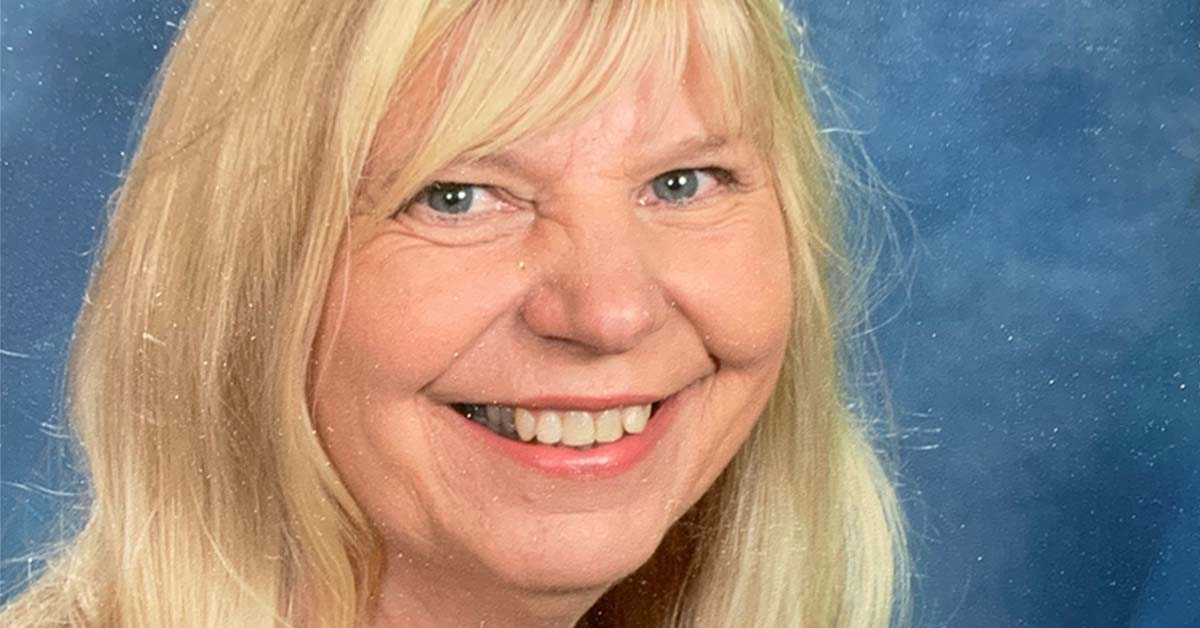
It happened so quickly.
Jean Hill was walking down the stairs, her 2-year-old granddaughter in her arms. Seconds later, she was falling down the stairs, doing everything she could to protect her granddaughter from getting hurt.
“It was really important to me to not worry about myself, but take care of her, so on the way down those stairs, I went all the way,” Hill says. “I held on to her. She never touched the floor. She was fine.”
Hill didn’t fare so well.
“When I was at the bottom of the stairs, my foot was turned the wrong way,” she says. It took a few minutes for her to comprehend what had happened to her right ankle.
Hill’s daughter rushed to her aid.
Shocked, Hill says she “didn’t even realize how bad it was.”
Her daughter did.
“It was actually my daughter that said, ‘oh, Mom, you’re really hurt bad … we have to get you in,’” Hill says.
Hill’s husband rushed her to Aurora BayCare Medical Center in Green Bay.
Even though this happened during the early days of the COVID-19 pandemic, a time when patient visits were extremely limited except for coronavirus cases, Hill’s injury was so severe that she was quickly seen by Dr. John Awowale, an orthopedic surgeon with Orthopedics & Sports Medicine BayCare Clinic.
“Dr. A happened to be in that day, so he was the one that came to my rescue,” Hill says. “Dr. A studied my X-rays for a long time … trying to come up with the best way that we could put my leg together.”
Hill had open reduction internal fixation surgery on her right ankle.
The procedure helped reduce Hill’s ankle pain, facilitated healing and provided stability in her repaired ankle. The procedure uses metal hardware to help secure the fragmented bones. Recovery takes three to 12 months.
“In order to get it fixed, he had to put metal on the right and left side of my leg,” Hill says. She also had two plates and 19 screws in her leg.
“He did tell me that it would be a long recovery and made sure that I understood that was the case,” Hill says. “I would have a recovery time and have several months where I would not be able to step on it.”
As her recovery progressed, Hill, who’s usually a physically active person, found the hardware in her leg too restrictive.
“I couldn’t run, or I couldn’t jump, or I couldn’t play football with my grandkids,” she says.
She discussed her concerns with Awowale. He suggested they try non-surgical options such as medication.
When that didn’t work, Awowale suggested another option.
“I went back to visit him and said, you know, I can’t dance … and he was very compassionate about that. … So, he went back in and took the metal all out,” Hill says. “Within a week of having the surgery, I could tell that my leg was going to be better after I was healed.”
Today, Hill is back to her active lifestyle and spending lots of time with her grandchildren. It’s something Hill says Awowale wanted for her as well.
“I can run, I can dance, I can play soccer with my grandkids,” she says. “I can do everything that I could do before. I have no restrictions.
“I would highly recommend Dr. A,” Hill says. “I really felt like when I went in for my check-ups, Dr. A was right on it. I mean, he didn’t just listen to me, he heard me, he took the time to hear what I was telling him … I really appreciated that. That’s not something you see everywhere.”